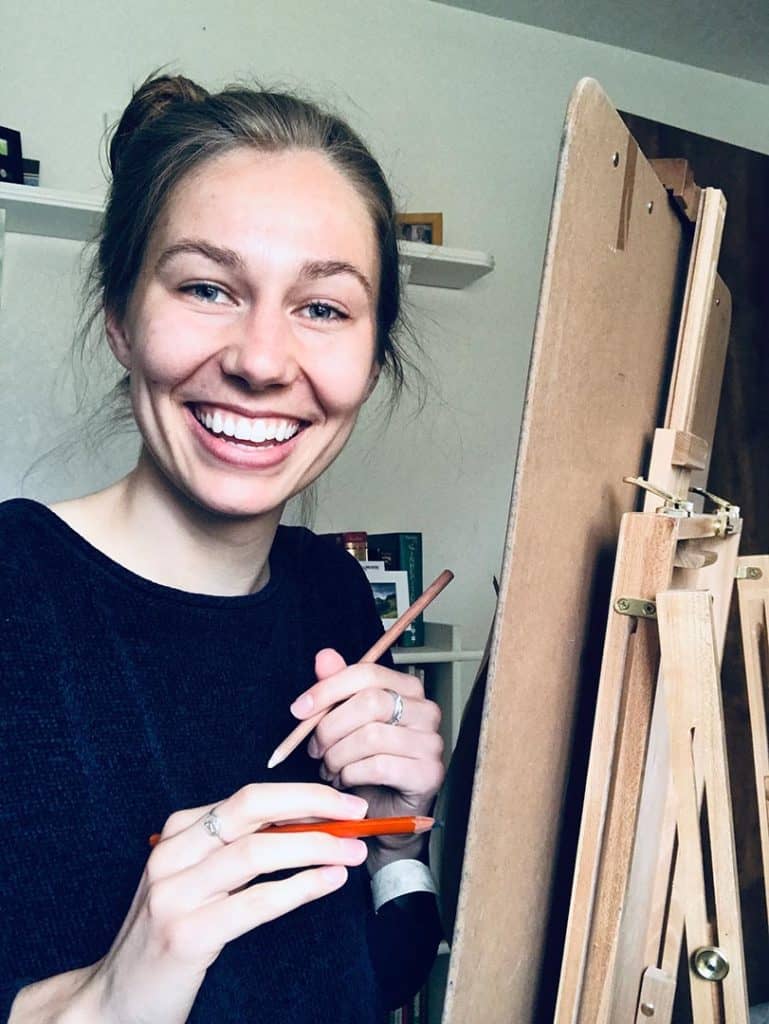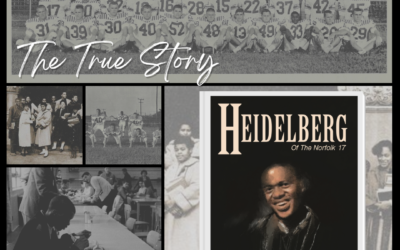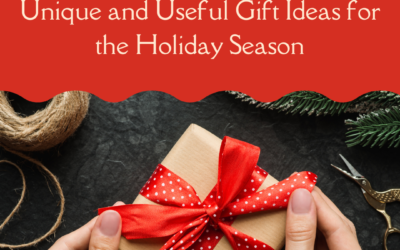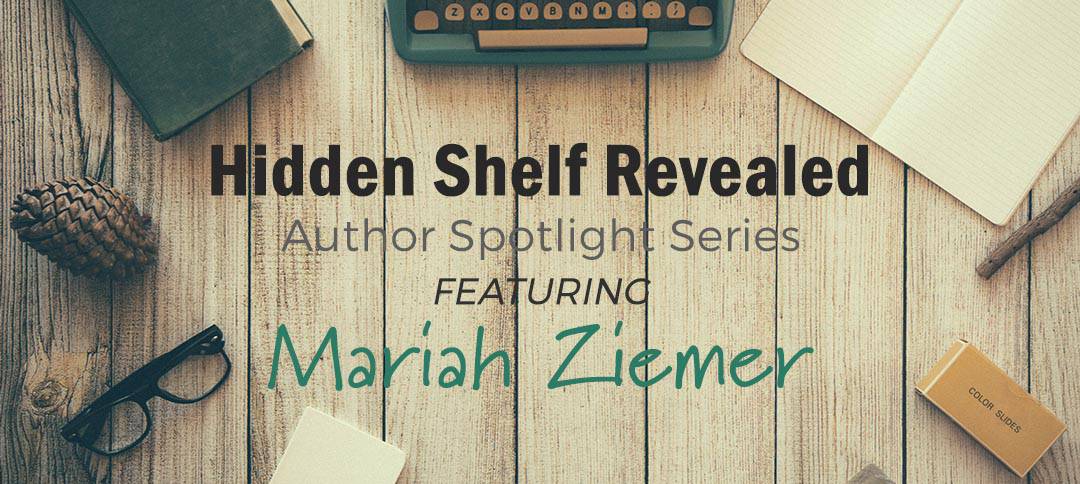
Basic info:
Full Name: Mariah Ziemer
Printed works: Jiemba and Friends, written by Scott Ziemer, illustrated by Mariah Ziemer
Current Projects: Loose Chronicles, Bob Gaines
Background, Growing up, and a little bit about yourself:
Describe your hometown in three words: Blues, greens, tans.
As a child did you enjoy school? What kind of student were you?
I did enjoy school very much growing up; there was satisfaction in accomplishing tasks well but mostly in the challenge and awe of learning. I was artistic, active on the playground, and I hated getting in trouble—well, except the time I climbed part of the flagpole in front of the school. That was cool. No regrets there.
When you were younger, what did you “want to be when you grew up”?
Honestly, an artist—but over the years, this ideal job took on different forms: landscape photographer for National Geographic, animator or storyboard artist for Disney Studios, medical illustrator… I also loved horses growing up, so being a rancher didn’t seem like such a bad idea (I dressed as a cowgirl for several Halloweens).
If you could compare yourself with any animal, which would it be and why?
Maybe a golden retriever? I hope to be happy-go-lucky, active, and a loyal friend. However, I don’t have their energy in the early mornings; in that case, I’d be a sloth.
Favorite musical artist or type of music?
The type of music I listen to depends on what activity I’m attending to or what mood I’m in. Creative writing – classical music or instrumental film scores (play “The Theory of Everything” and I will start waltzing; play “Concerning Hobbits” from the Lord of the Rings and I will cry.) Baking or cleaning – chill indie and folk music. Road tripping – anything Disney. Running – pop songs or electronic beats. Drawing – any of the above.
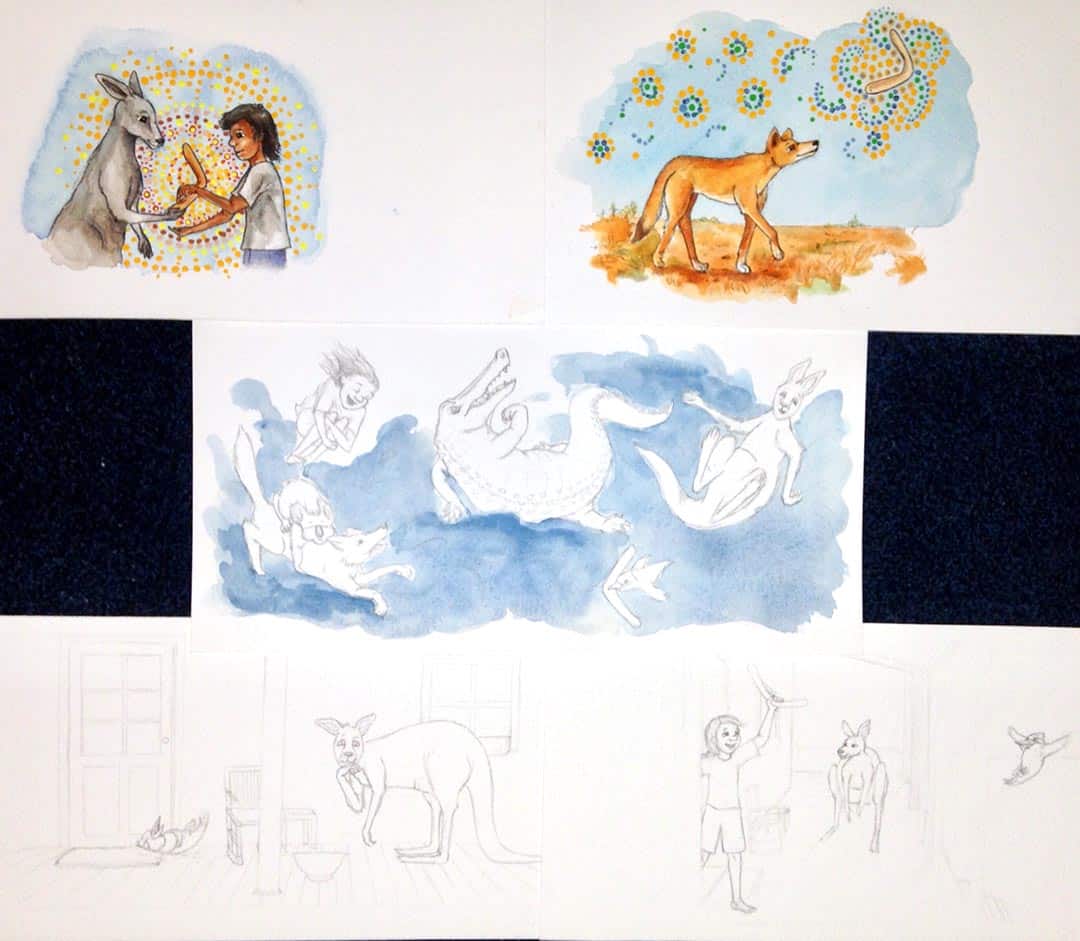
How has being a parent changed you?
I am not a parent. But I nannied a toddler once that taught me more than I ever expected in the few months I was with him. He showed me how impatient I can be, how textured the concrete really is under our passing feet, how repetition is not necessarily redundant or useless, how flower petals are so terribly fragile, and how pointing can be a celebrated recognition instead of a rude gesture, among other things. Above all, he helped me envision my parents raising me, giving me a glimpse into their sacrifice, laughter, and steady, deep love from my earliest years to now.
Do you have any skills or talents that most people don’t know about?
I can eat an entire tub of Nutella in one sitting—got me through grad school!
What is your biggest Pet Peeve?
People who are distracted by their phones when you’re talking to each other; people who ignore a newcomer in a social gathering.
Do you have a favorite quote?
I have many, but this is the first one that came to mind. It’s the last few lines of a poem, “A Blessing for One Who Holds Power,” by the late Irish poet and philosopher John O’Donohue. While studying for my master’s, it was written on a yellow sticky note and hung above my desk at eye level:
“May you welcome your own vulnerability as the ground where healing and truth join. May integrity of the soul be your first ideal, the source that will guide and bless your work.”
How do you take your coffee? Or tea?
Tea with milk and/or honey.
Was there a teacher or teachers who had a particularly strong influence on your life? Tell me about them.
I am grateful to say I have had several incredibly influential teachers, mentors, and coaches throughout my life and years at school. Here are just a few:
I had an art professor who not only showed me how to visually map and articulate my surroundings with great attentiveness and skill, but how to make meaning from these observations with humility and grace. Plus, he looked like a modern-day Van Gogh who could construct a single sentence that was both wonderfully witty and profound at the same time; that was just as impressive as it was entertaining.
I had a teacher in high school who was bald and wore Hawaiian shirts every day to school. To this day, his math class was one of the hardest classes I have ever taken. I always admired his patience, humor, and intentionality in teaching the subject (he’d stay after school for hours if it meant his students improved on their tests).
I had an art history professor who showed me the power of culture, story, listening, and a way to connect the three. She may be a tiny woman (I towered over her), but she is a woman who showed me—and every one of her students—great kindness, giving me the healthy boost of confidence I needed at the time. In and outside the classroom, she genuinely believed in people—something I hope to pass on.
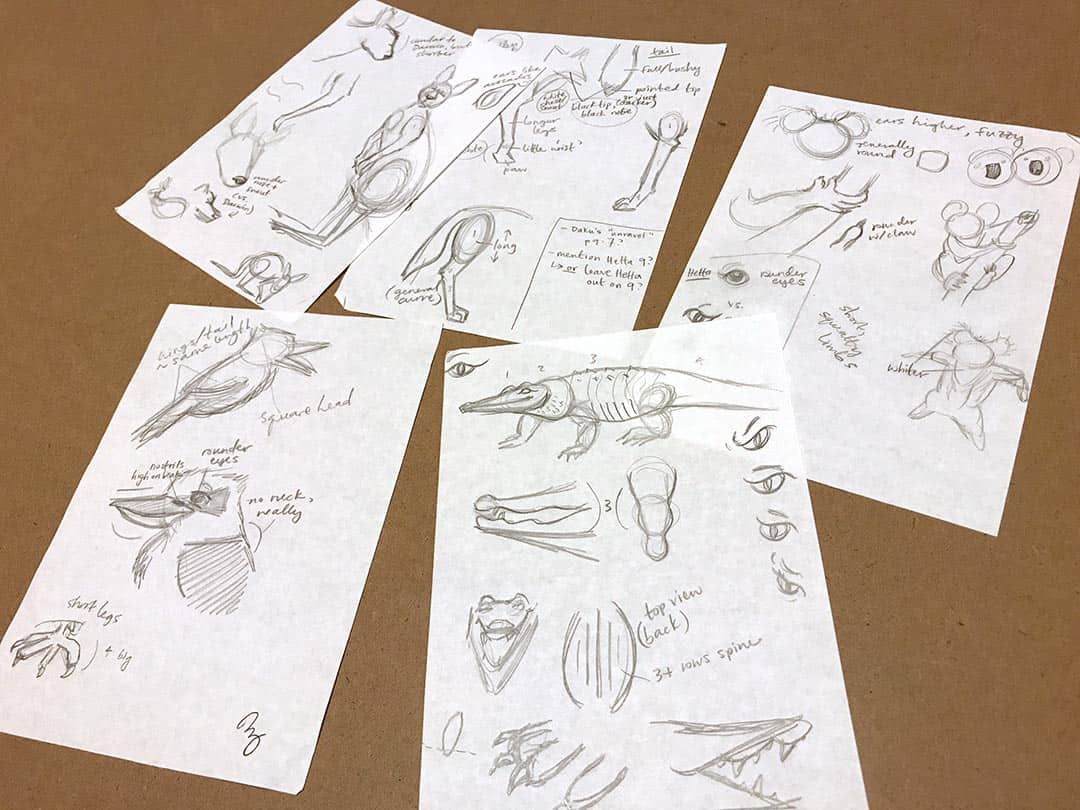
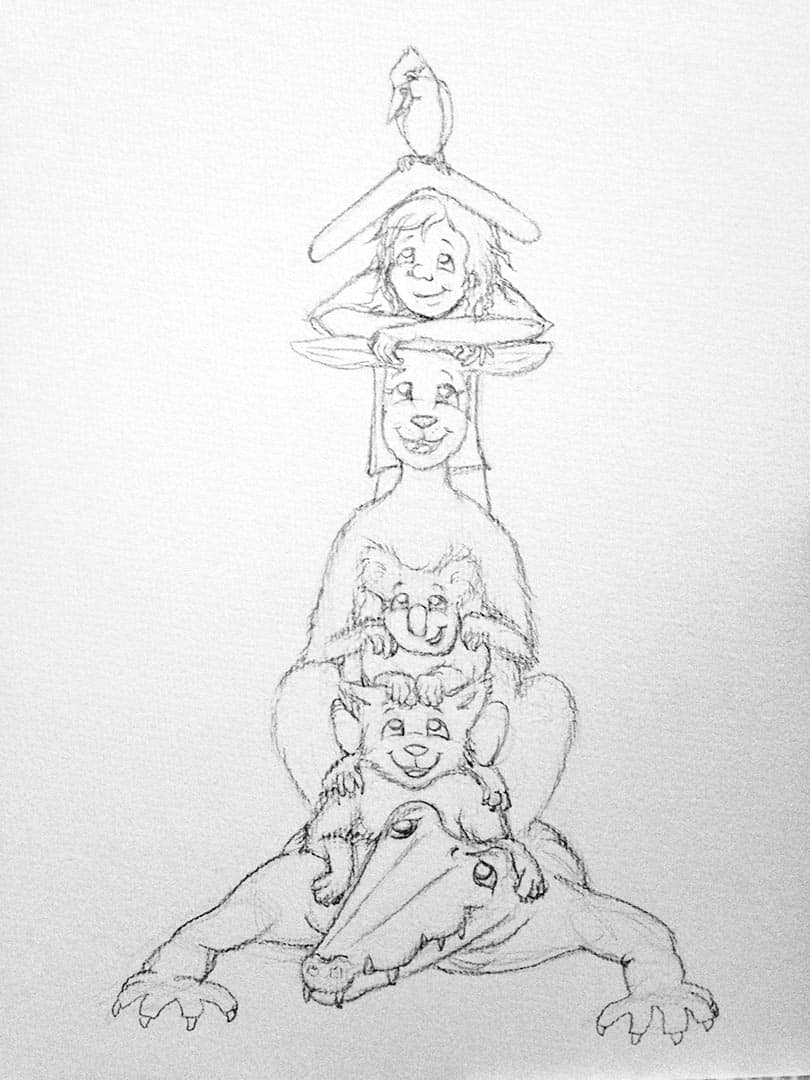
Pertaining to Art:
Besides painting and illustrating, are there other forms of art that you typically do? What is your favorite medium?
I enjoy drawing with charcoal and occasionally dipping into my oil paints (especially for plein air painting). In terms of other art forms, I occasionally write poetry or fiction.
Do you use photos for reference?
When figuring out how to visually represent a character, looking at photos is a helpful part of the process (although it depends on the project at hand). For example, with Jiemba and Friends, I found it very useful to reference wildlife photographs in order to help me understand the physical structure and movement of certain animals.
What subjects inspire you?
The human face, natural landscapes, maps, and fantastical imagery or stories.
What habits help or hinder creativity?
To help nurture creativity: Express an idea through another art form; read, read, and read some more (including children’s books at the library!); write in free-form, stream-of-conscious thoughts while listening to instrumental music; go for a walk or take a shower (studies show both help trigger ideas!); collaborate with another artist; share your idea with a non-artist; read a story aloud; go to a gallery or museum; get a group of friends together and read a play; seek solitude and pray, meditate…
What hinders creativity: Not believing in yourself; thinking of your work as only a product or commercial endeavor; obsessing over (often from fear) what others might think of your work; not traveling (whether it’s to the nearest park or the cathedral on the other side of the globe)…
If you could illustrate any classic children’s book, which book would it be, and why?
Winnie the Pooh. The story is simple, sweet, and a profound depiction of friendship and growing up. Still, I wouldn’t want to replace E.H. Shepard’s charming illustrations!
Is there a recent children’s book with illustrations that you love?
The award-winning book What Do You Do With an Idea, written by Kobi Yamada and illustrated by Mae Besom (2013). I absolutely love the aesthetic of the illustrations and how they often frame the text, and I also admire how the book’s concept can be applied to more than one scenario.
Which children’s book most inspired you as a child or in recent years
There are simply too many to count! I’m filled with gratitude and sweet memories as I reflect on my childhood, where my parents read to and with me quite often. I remember admiring classics like The Rainbow Fish, Goodnight Moon, The Very Hungry Caterpillar, The Sunflower Parable, The Berenstain Bears, and Where the Wild Things Are. As I grew older, I remember marveling at chapter books like The Magic Treehouse series, Dragon Rider, The Chronicles of Narnia, Sarah – Plain and Tall, and The American Girl books.
What’s the one thing an illustrator must keep in mind when illustrating a children’s book
Consistency in drawing the characters; how to creatively and uniquely bring life to the text; creating a story that both children and adults will enjoy.
Tell us three reasons you believe reading is vital for children
To awaken their senses, stir wonder, and remind the grown-ups children’s literature is for them, too.
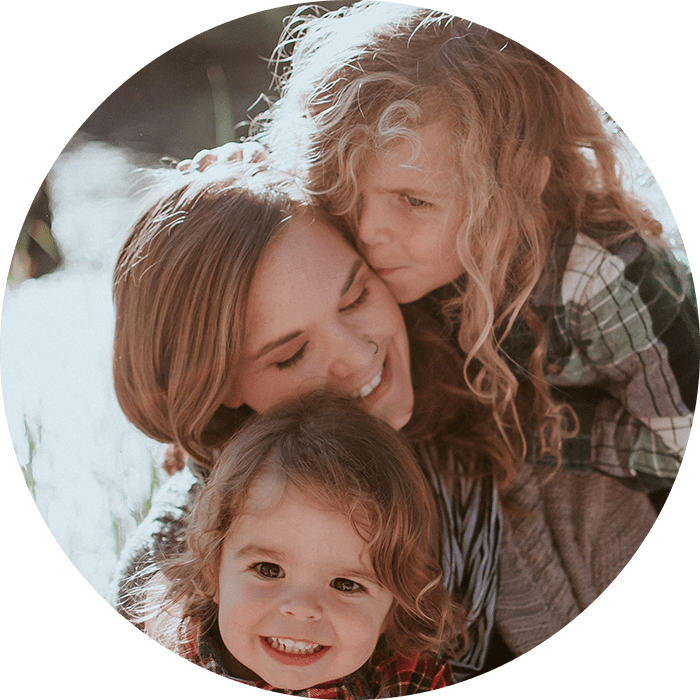
Rachel Wickstrom coordinates marketing at Hidden Shelf Publishing house. She’s an avid reader, master party-planner, craft enthusiast, a mom to two young boys with wildly long hair, and is married to a hospital chaplain. As an Oregon native, Rachel’s childhood memories are scented with juniper berries and the crisp mountain air of Central Oregon. She currently lives in Boise, Idaho where her days are scented with lukewarm coffee, and spilled snacks.
Recent Posts
Summer Reading List 2024
Summer Reading List–
12 books that I am adding to my TBR list this summer and 12 Hidden Shelf titles that you should add to yours!
Black History– On This Day in 1959
Black History – On This Day in 1959
The Norfolk 17–February 2, 1959
Sixty-five years ago today, seventeen cautiously brave Black teenagers rocked the foundation of the racist South, accomplishing what many at the time had thought impossible … ending segregation at six public schools in Norfolk, Virginia. If getting there had been a war, being there was horrendous.
2023 Holiday Gift Guide
Unique and creative gifts ideas for the 2023 holiday season!

